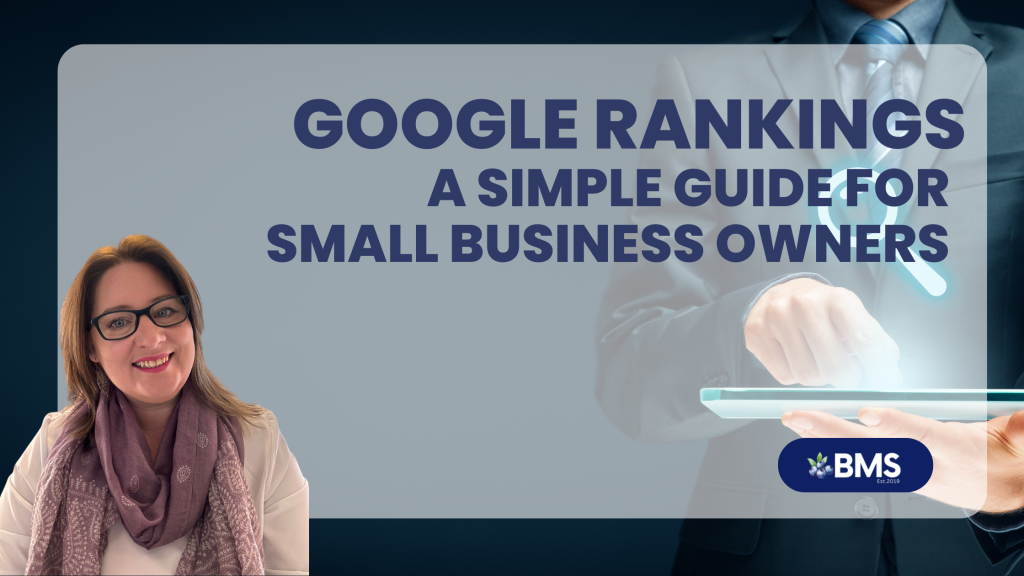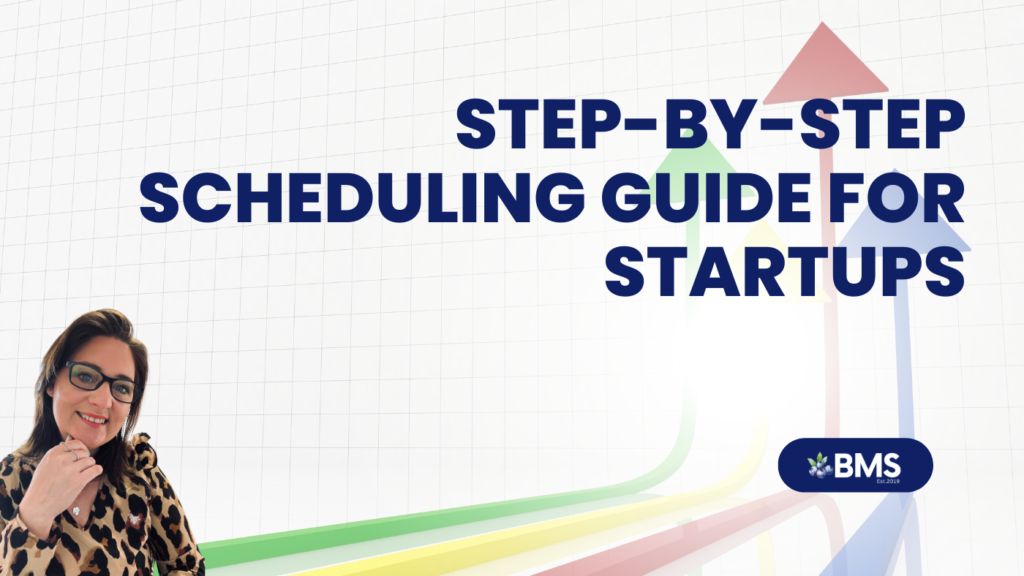When to hit the gas on Paid Media
When to hit the gas on Paid Media? — A Guide for Startups — Hey brave entrepreneur! I know it, you’ve got a fantastic startup idea, your website’s up, social media handles are buzzing, and you’re ready to take over the world. But here’s the million-dollar question: When should you start splashing out on paid media? Is it too soon? Too late? Just right? Let’s dive in and find out! The Goldilocks Moment: Finding Just the Right Time 1. You’ve Nailed Your Brand Identity Before you even think about paid media, you need to have your brand identity locked down. Think of your brand as the personality of your business. It’s how you communicate, the values you stand for, and the look and feel of everything you put out there. Consistency is Key: Ensure your logo, colour scheme, tone of voice, and messaging are consistent across all platforms. Know Your Audience: You should have a crystal-clear understanding of who your target audience is. If you don’t know who you’re talking to, your ads will miss the mark. 2. Organic Traction is Showing Promise Your startup should be gaining some organic traction before you jump into paid media. This means people are finding you without you having to pay for their attention. Engaged Community: Are people engaging with your social media posts? Are you getting comments, shares, and likes? Website Traffic: Are you seeing a steady increase in website visitors? Use tools like Google Analytics to track this. Word of Mouth: Are people talking about your product or service? Are you getting referrals? 3. Solidify Your Value Proposition Your value proposition is what makes your business unique. It’s the reason why customers should choose you over your competitors. Clear Messaging: Can you sum up what you do and why it’s amazing in a sentence or two? Customer Validation: Have you received feedback from customers that your product or service meets a real need? 4. You Have a Killer Offer Ready Paid media is not just about driving traffic; it’s about converting that traffic into customers. Irresistible Offer: Create a compelling offer that’s hard to refuse. This could be a limited-time discount, a free trial, or an exclusive product launch. Landing Pages: Ensure your landing pages are optimized for conversions. They should be clear, concise, and visually appealing. 5. Budget and ROI Clarity Before spending on paid media, you need a clear budget and an understanding of what a good return on investment (ROI) looks like for you. Start Small: Begin with a modest budget to test the waters. See what works and what doesn’t. Track Everything: Use tools like Google Ads, Facebook Ads Manager, and other analytics tools to track the performance of your campaigns. Adjust and Optimize: Be ready to tweak your campaigns based on performance data. Paid media is not a set-and-forget strategy. Blueberry Marketing’s Experience At Blueberry Marketing, we’ve seen first-hand the power of timing when it comes to paid media. Our case studies, showcased on our website, highlight the importance of laying a solid foundation before diving into paid advertising. For instance, one of our clients, a budding e-commerce startup, spent 3-6 months focusing on organic growth. During this period, they honed their brand identity, built a loyal community, and solidified their value proposition. Only after achieving significant organic traction did we advise them to invest in paid media. The result? A much higher ROI on their ad spend, thanks to the groundwork laid during those initial months. Ready, Set, Go! 🚀 Once you’ve got all your ducks in a row, it’s time to press that big, shiny “GO” button on your paid media campaigns. Remember, it’s all about testing, learning, and optimizing. Paid media can be a powerful tool to boost your startup, but only if you’re ready for it. Pro Tip: Always stay updated with the latest trends and changes in paid media platforms. They’re constantly evolving, and what worked yesterday might not work tomorrow. So, there you have it! The perfect moment to start investing in paid media is when your brand is solid, your audience is engaged, your value proposition is clear, your offer is irresistible, and you’ve got a clear budget and ROI strategy. Go on, give it a shot and watch your startup soar to new heights. Happy advertising!










